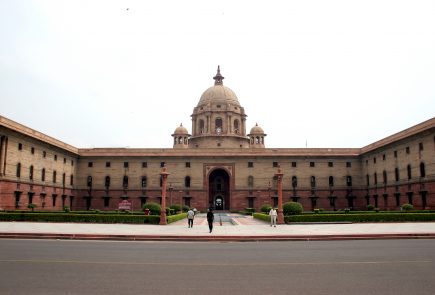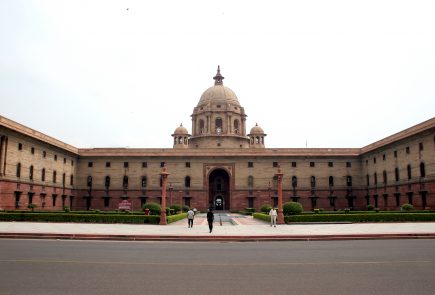Indian Prime Minister’s Office Has an Average Internet Speed of 34 Mbps

If you live in India, you probably scream at your internet service at least once a week. A report on the ‘State of the Internet’ by AKAMAI has found the Indian internet lowest amongst its South Asian neighbors and also amongst its BRICS partners. A Right to Information (RTI) application filed by Vinoth Ranganathan who is also the co-founder of onlinerti.com has found something interesting about the Indian Prime Minister’s office.
The RTI revealed that the National Informatics Centre (NIC) provides a healthy internet speed of 34 Mbps. This is rather slow for the office of the head of state as Gigabit connections are available in the market. The entire country is governed by the South Block (Prime Minister’s office), and it deserves to have a high-speed connectivity. In comparison according to AKAMAI report, only 1.2% of Indian internet users have access to a speed above 10 MBps.
In the answers to the RTI, there was also a mention about the operating systems used at the PMO. Surprisingly even after severe privacy concern raised by Edward Snowden, the computers at the PMO still continue to use Window 7/8. In the response, it was also said the government was not spending any amount on the Prime Minister’s official twitter handle @PMOIndia. Though the PMO refused to answer how many computers have been hacked at the PMO in the past five years.
The present Indian government has placed technological growth at its core with the Digital India Project. It is a massive effort to construct an information super-highway across India that will aid in the development of the nation. The project will be shaped with a massive investment of 1 lakh crore. An industrial economy grows on the back of its road system and in the present knowledge economy, the speed of access to the information superhighway, i.e., the internet will decide the speed of growth. So we hope the Digital India Project stands out as a government initiative that actually stands up to the promise and the present internet speed at the PMO becomes a standard across by the end of the project.























